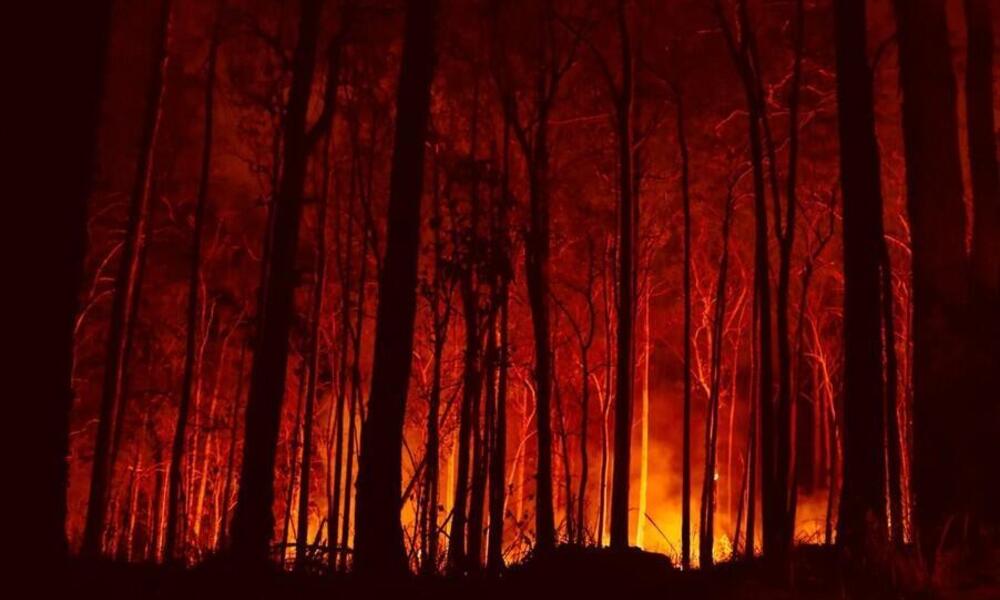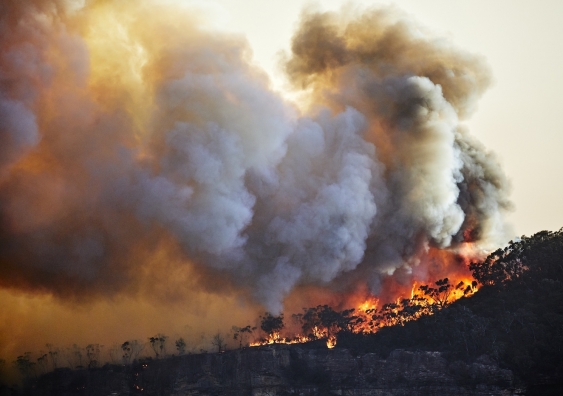Safeguarding Your Home: The Critical Role of a BAL Report in Bushfire Preparedness
Safeguarding Your Home: The Critical Role of a BAL Report in Bushfire Preparedness
Blog Article
Just How BAL Record Impacts Shrub Fire Defense Actions
In the world of bush fire security, the Building Attack Level (BAL) report stands as an important device that dramatically influences the safety and resilience of properties in fire-prone locations - BAL Report. The impact of a BAL evaluation prolongs far beyond plain paperwork; it acts as the foundation for identifying the appropriate building and construction requirements and fire protection procedures needed to alleviate the risks presented by bushfires. As communities grapple with progressively extreme fire periods, comprehending just how the BAL report shapes these protective steps ends up being vital for policymakers, building contractors, and property owners alike
Understanding the Bushfire Attack Level

Value of BAL Record Assessment

Moreover, the BAL record evaluation works as a foundational step in following legal commitments and requirements connected to bushfire defense. Regional councils and authorities commonly mandate the submission of a BAL record as part of the preparation and building approval process to ensure that properties are appropriately secured against bushfire threats. Falling short to carry out an extensive BAL report evaluation can lead to poor protection steps, leaving residential or commercial properties susceptible to ravaging bushfire events.
Building Criteria Based on BAL
An extensive understanding of the Bushfire Attack Degree (BAL) allows home owners to carry out building and construction criteria customized to their particular risk profile. Building and construction criteria based on visit the site BAL are crucial in alleviating the influence of bushfires on residential or commercial properties. The BAL score classifies the prospective threat a home deals with throughout a bushfire on a scale from BAL-Low to BAL-FZ (Fire Area)
Implementing Fire Defense Measures
With the structure of building and construction standards based upon Bushfire Strike Level (BAL) in area, the focus now shifts in the direction of the practical execution of fire protection actions to strengthen homes versus bushfire risks. Carrying out fire protection steps includes a combination of passive and active techniques to boost the durability of buildings in bushfire-prone locations. Passive procedures include making use of fire-resistant structure materials, setting up cinder guards on vents, securing voids in wall surfaces and roofings, and maintaining a clear area around the property without flammable plants. Energetic steps incorporate having firefighting equipment easily available, such as hose pipes and water pumps, along with producing a defendable room around the home by getting rid of greenery and having a properly maintained yard. In addition, establishing an emptying plan and ensuring all citizens know emergency situation procedures are crucial elements of reliable fire protection procedures. By incorporating both passive and active approaches, residential or commercial properties can dramatically decrease their susceptability to bushfire events and boost the safety of passengers.
Shielding Homes Versus Bushfires
Successfully securing homes versus the harmful effects of bushfires needs a proactive and extensive technique to fire security procedures. In addition, sealing spaces and vents to stop coal intrusion, as well as including fire-resistant doors and home windows, can help fortify the home's defense against bushfires. By embracing a proactive stance and integrating these protective steps, home owners can significantly enhance their opportunities of guarding their homes versus bushfires.
Conclusion
In conclusion, the Bushfire Attack Level (BAL) report plays an essential my site role in figuring out the needed defense measures versus bushfires. By assessing the BAL, construction criteria can be customized to mitigate the risks and ensure the safety and security of homes in fire-prone locations. Implementing fire protection actions based upon the BAL record is necessary in securing properties from prospective bushfire threats. It is essential for house owners to prioritize BAL evaluations and abide by recommended building and construction standards to improve bushfire resilience.
In assessing bushfire risk to residential properties, understanding the Bushfire Assault Level (BAL) is an essential component for executing efficient defense measures. Generally, a clear understanding of the Bushfire Strike Level is essential for carrying out adequate defense actions and minimizing the impact of bushfires on buildings.

Report this page